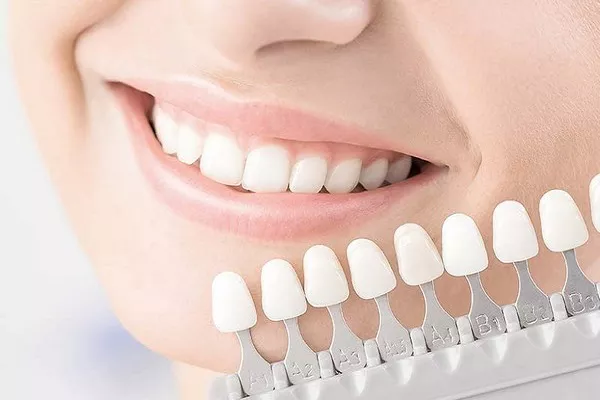In this comprehensive guide, we will delve into the world of tooth fillings and explore how to determine if your tooth filling has come out. A lost filling can be a discomforting experience, but with the right knowledge, you can quickly identify the issue and take appropriate action. We’ll also discuss the symptoms, necessary steps to address a lost filling, and essential dental care tips to prevent future incidents. Let’s get started.
1. Recognizing the Signs of a Lost Tooth Filling
Tooth fillings are used to restore the structure and function of a tooth that has been damaged by decay or trauma. Over time, these fillings can wear down or, in some cases, come out entirely. Here’s how to identify if your tooth filling has been lost:
Sensitivity to Temperature Changes: A sudden, increased sensitivity to hot or cold foods and beverages can be a sign that your filling is no longer sealing the tooth properly.
Pain While Chewing: If you experience pain or discomfort when biting down on food, it could be due to a lost filling, as the tooth’s inner structures are exposed.
Visible Hole or Gap: Inspect your teeth in a well-lit area. If you notice a visible hole or gap in the tooth where the filling used to be, it’s a clear indication that the filling has come out.
Rough or Sharp Edges: Run your tongue over the tooth’s surface. If you feel rough or sharp edges where the filling should be, this could be a sign of a lost filling.
2. What to Do When Your Tooth Filling Comes Out
If you suspect that your tooth filling has come out, don’t panic. Follow these steps to address the situation promptly:
Keep the Filling: If you find the lost filling, try to keep it in a safe and clean place. In some cases, your dentist may be able to reattach it.
Rinse Your Mouth: Gently rinse your mouth with warm water to remove any debris or food particles. Be careful not to swallow the filling if it’s loose in your mouth.
Temporary Solutions: You can use over-the-counter dental cement or dental wax to cover the exposed area temporarily. This will protect the tooth until you can see your dentist.
Contact Your Dentist: Schedule an appointment with your dentist as soon as possible. They will assess the situation and recommend the appropriate treatment, which may include refilling the tooth.
3. Replacing a Lost Tooth Filling
Once you visit your dentist, they will determine the best course of action to replace the lost tooth filling. This process generally involves the following steps:
Assessment: Your dentist will examine the affected tooth and may take X-rays to evaluate the extent of the damage.
Cleaning and Preparing the Tooth: Any remaining debris or decay will be removed, and the tooth will be thoroughly cleaned and prepared for the new filling.
Selecting the Filling Material: You and your dentist will discuss the choice of filling material. Options include amalgam, composite resin, and porcelain.
Filling Placement: The selected material will be carefully placed into the prepared tooth, ensuring a proper fit and bite alignment.
Polishing and Shaping: The new filling will be polished and shaped to match your natural tooth’s appearance and function.
4. Dental Care Tips to Prevent Future Fillings Issues
To avoid the hassle of lost tooth fillings and ensure optimal oral health, consider the following dental care tips:
Regular Check-ups: Schedule routine dental check-ups to monitor the condition of your fillings and address any issues promptly.
Maintain Good Oral Hygiene: Brush your teeth at least twice a day and floss daily to prevent decay and gum disease.
Avoid Excessive Force: Refrain from using your teeth for activities like opening packages or biting on hard objects.
Healthy Diet: Consume a balanced diet rich in calcium and limit sugary and acidic foods that can contribute to decay.
Wear a Mouthguard: If you grind your teeth at night, consider wearing a nightguard to protect your fillings and prevent further damage.
In conclusion, identifying and addressing a lost tooth filling is crucial for maintaining your oral health and comfort. By recognizing the signs, taking immediate action, and following these dental care tips, you can ensure a long-lasting and healthy smile. Remember, your dentist is your best resource for addressing dental emergencies and maintaining your overall oral well-being.
Related Links:
How many visits for a dental implant?
What are the parts of a dental implant?
What to Do if dental implant crown falls out?




























